Homage to Van Dongen #1 (Sheila) 1978–79
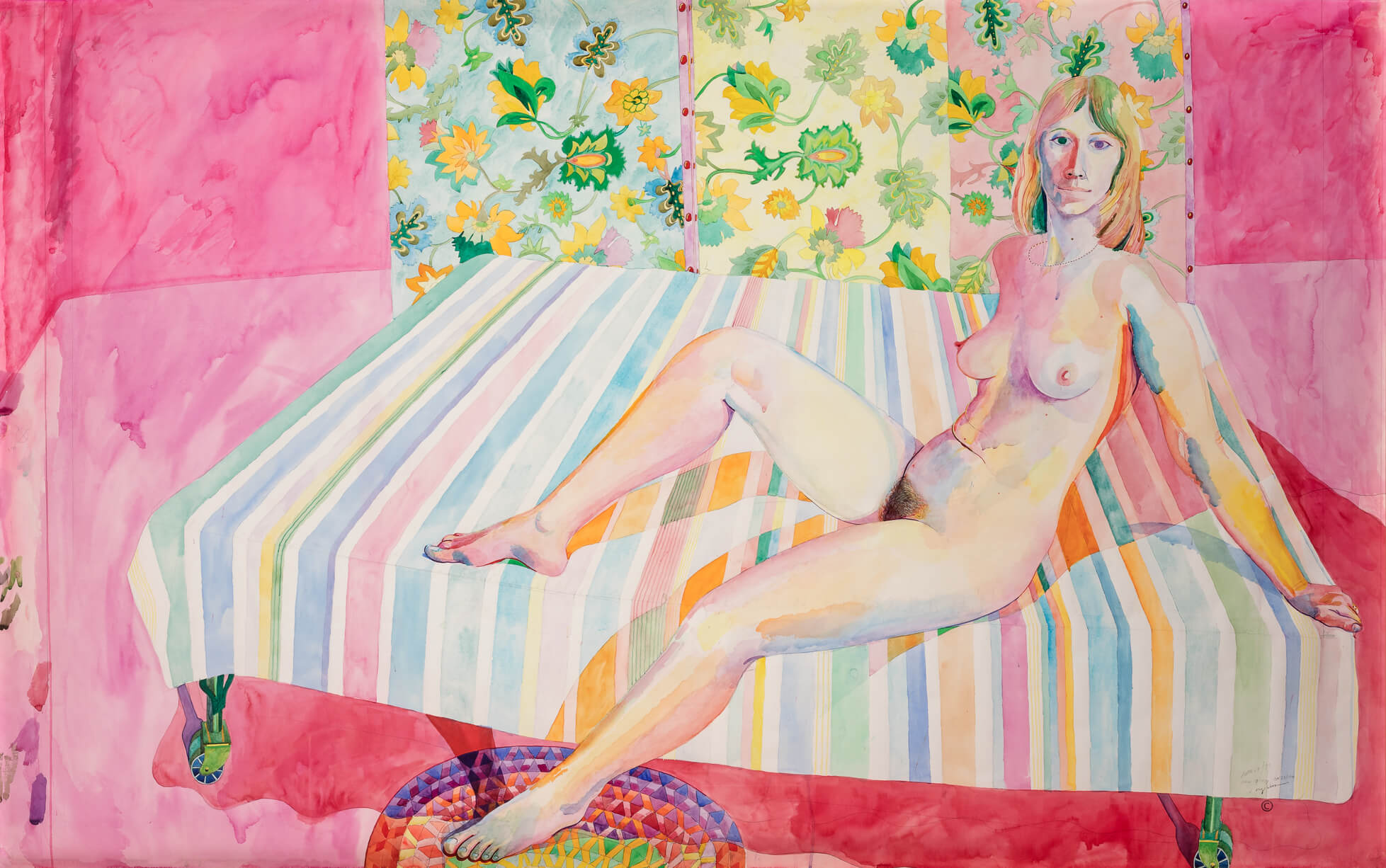
Greg Curnoe, Homage to Van Dongen #1 (Sheila), June 27, 1978 –
November 23, 1979
Watercolour and graphite on paper, 152.4 x 243.8 cm
Justina M. Barnicke Gallery at Hart House, Art Museum at the University of Toronto
Greg Curnoe’s life-sized nude portrait of his wife, Sheila, is derived from a series of pen-and-ink drawings he produced in 1975 and differs markedly from his other works. There is no political statement, no obvious text, no cartoon-style drawing—instead, a superbly rendered watercolour portrait of his confident, self-possessed wife. The pose used in this large watercolour alludes to La sirène espagnole, c. 1912, by the Dutch Fauvist Cornelis “Kees” Van Dongen (1877–1968), but the work also has affinities to modernist works by French painters Édouard Manet (1832–1883) and Henri Matisse (1869–1954). Curnoe uses a more painterly modelling of the figure with his characteristic juxtaposition of pattern to flat areas and complementary colours used to denote shadows.
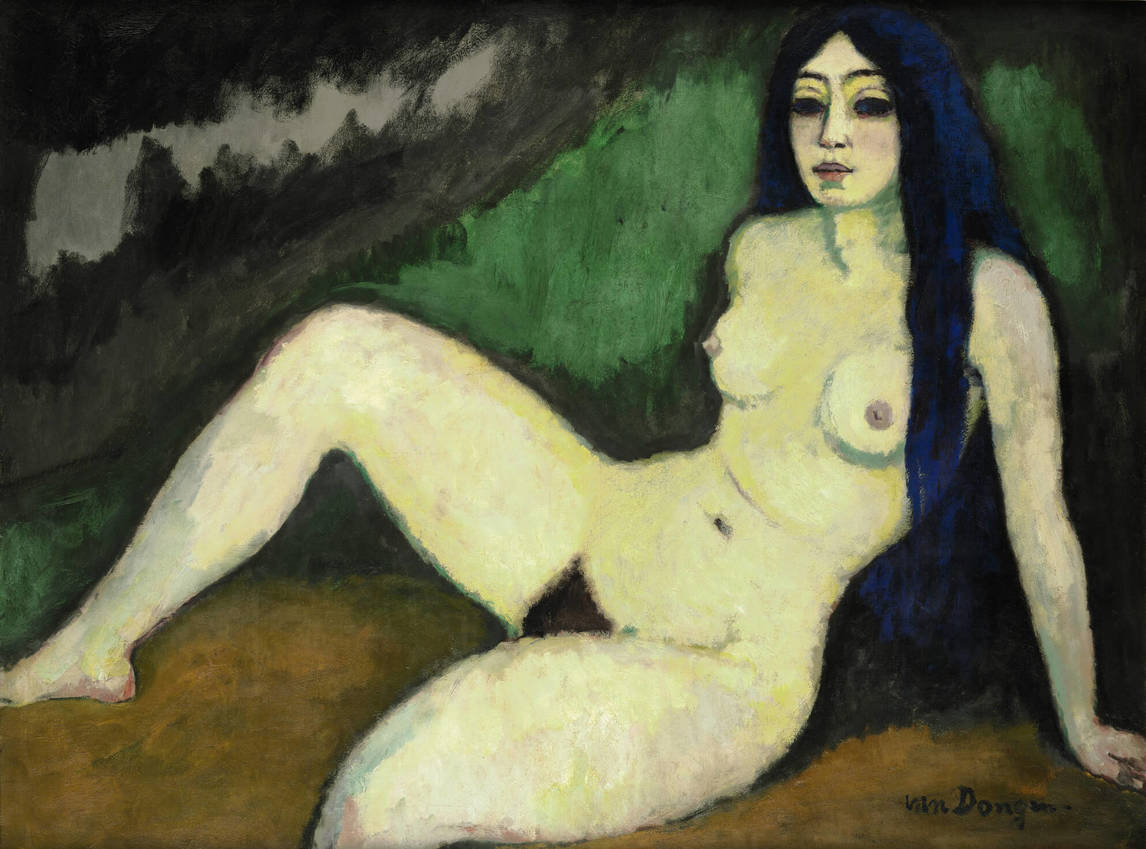
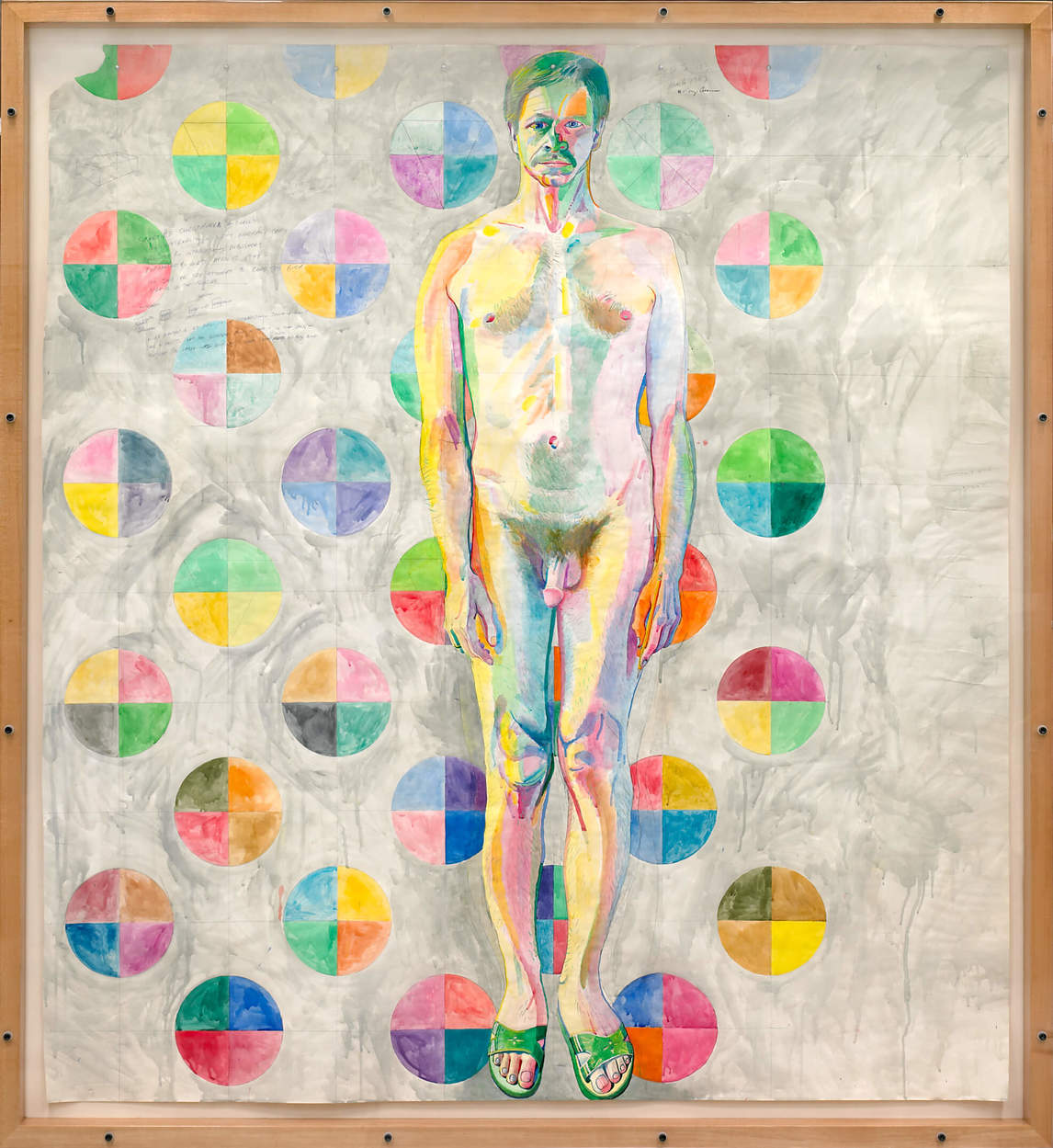
The challenges of working on a large-scale watercolour caused a problem. Unlike oil paint, the transparency of the watercolour medium means that alterations can be obvious. As Curnoe finished this painting, he worried in his journal: “Sheila objects strongly to the face on the large nude . . . What should I do? The painting is of her. She has a say in it & it is a collaboration. The painting is finished and is priced at over $10,000 . . . Do I take a chance & wreck [it?]” Ultimately, Curnoe did not rework the face. While Sheila Curnoe still does not think the painting is a good likeness, she was pleased when it was acquired almost immediately for the collection of Hart House at the University of Toronto.
Curnoe was no stranger to controversy, yet he was genuinely shocked by criticism that other similar portraits of Sheila elicited when they were shown in Vancouver in 1982. Suddenly his nudes had become a lightning rod for feminist critique. He was accused by art historian Serge Guilbaut of objectifying and exploiting his wife, as well as of paying homage to the minor Fauve painter Van Dongen. His immediate response was a life-sized nude watercolour self-portrait, What’s Good for the Goose Is Good for the Gander, 1983, now in the National Gallery of Canada, Ottawa. The work is unsettling; the knock-kneed artist stares at us, seemingly floating against a background of multicoloured circles created in the style of French artist Robert Delaunay (1885–1941).

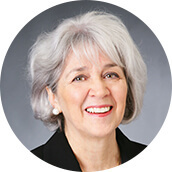 About the Author
About the Author
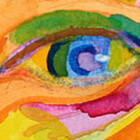 More Online Art Books
More Online Art Books
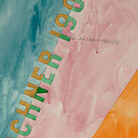 Acknowledgements
Acknowledgements